Mie prefecture is home to some of the most famous Japanese sake breweries in Japan! Wakaebisu Brewery: Craft Sake Good Enough to be World Leaders
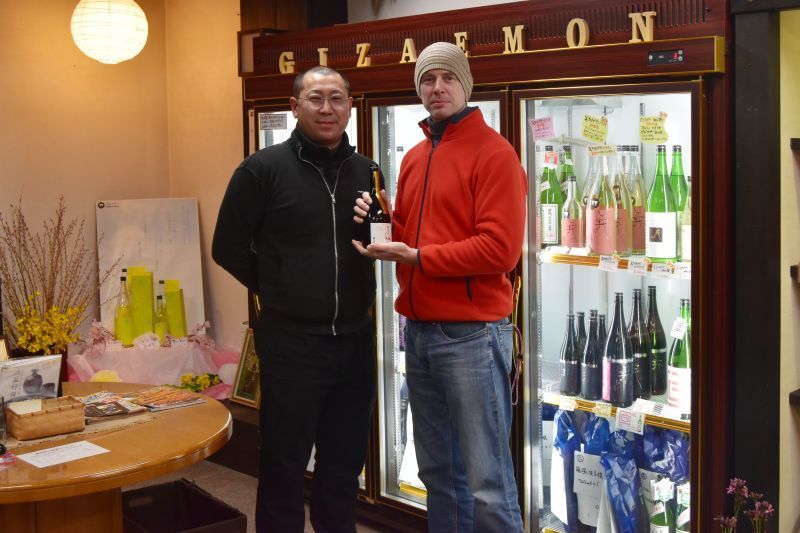
Take a trip inside one of the most famous sake breweries in Japan! Wakaebis Brewery has more varieties than any other brewery in Japan and has served sake to world leaders during the G7 summit in Ise. Step inside a world of crystal-clear water, shining white rice, and the amazing sake that comes from this collaboration!
Written by Dan Lewis
-Author's Introduction
Originally from the state of Alaska in the USA, Dan Lewis is a long-term resident of Japan. He has lived in Mie, Ishikawa and Gifu Prefecctures, and currently resides in Nagoya, the capitol city of Aichi Prefecture. Dan is an avid fan of technology and nature - two areas that Japan is blessed with! He loves taking "the road less traveled" and discovering new places.
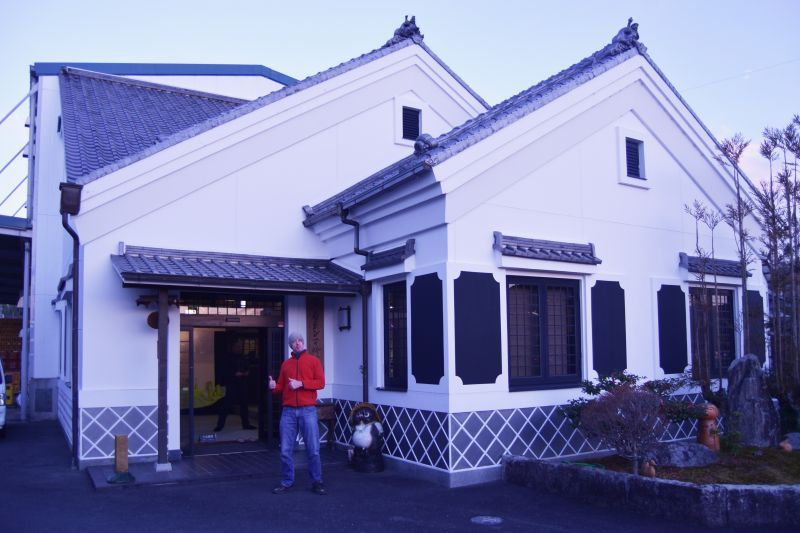
We arrived at Wakaebis Brewery & Co in the evening and were met by Mr. Kubo, the proprietor. He is a tall, strong-looking man who warmly welcomed us inside.
A large “sugi-dama” or cedar ball, hung like a chandelier from the 2nd floor, next to the stairs. (I learned later that these decorations are put on display each time a new batch of sake is put up for sale.) Mr. Kubo ushered us up the stairs to a museum-like meeting hall, where a number of old style brewing vats and other tools were on display.
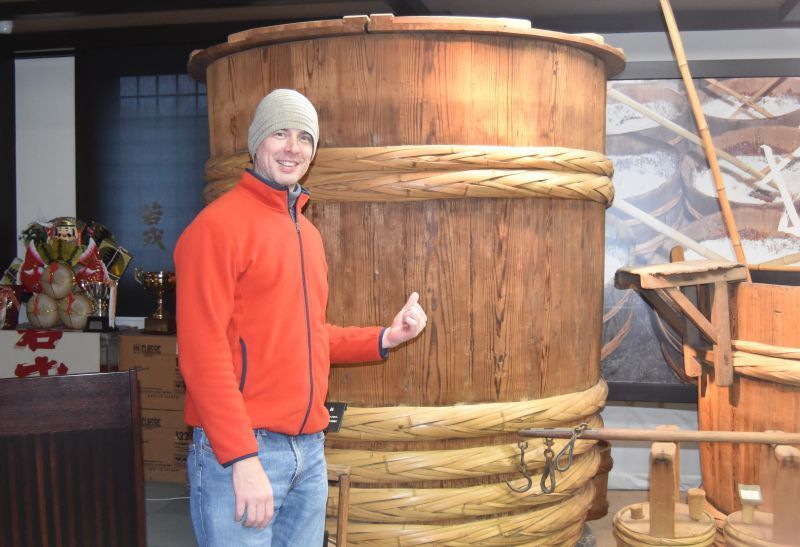
I am admittedly easily impressed with finely crafted wood products, and there were many here to marvel at, but the large vats that are used for the sake making process were particularly interesting to me.
The craftsmen that built them bound them with stripped bamboo, entwined within itself into a sort of rope that circumvented the entire vat. All of the components fit perfectly together without the use of nails or screws, or metal of any kind!

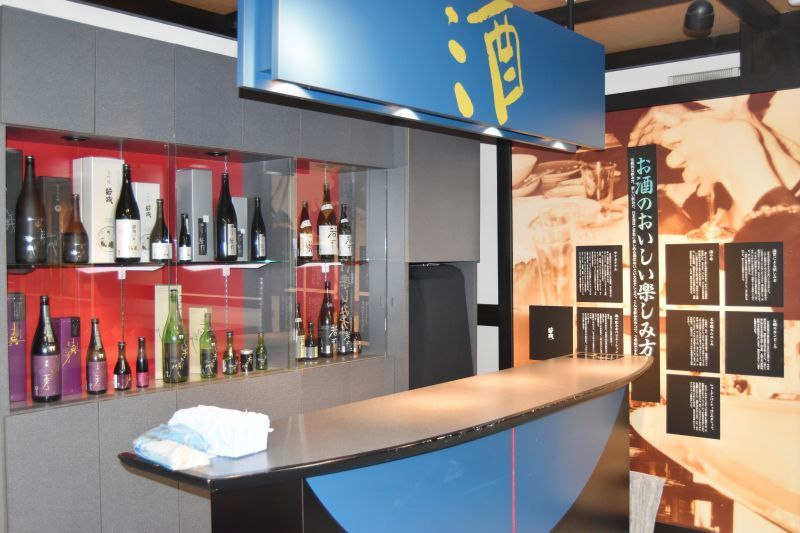
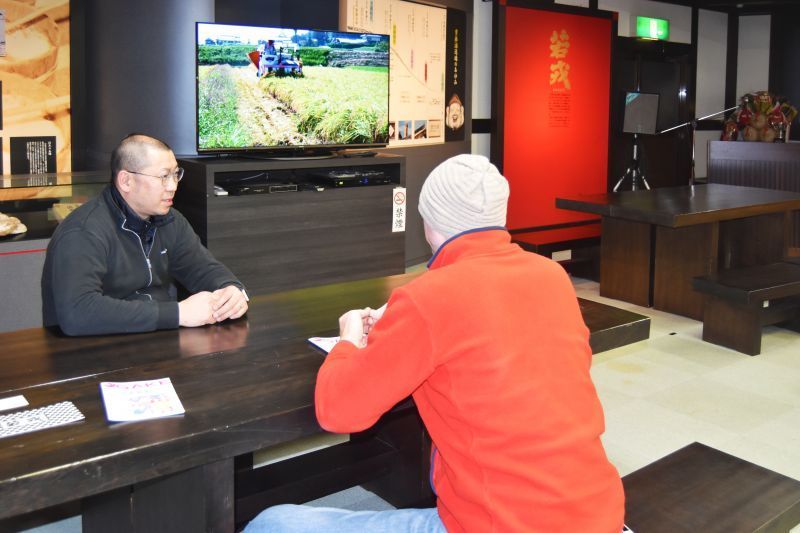
So next, we watched a video that explained about the history of the Wakaebisu Brewery and its craft sake. Although Mr. Kubo doesn’t speak English he did a decent job of giving an overview of how sake is produced and explained a bit about what goes on at the Wakaebisu brewery.
We received the VIP treatment, and Mr. Kubo provided his own narration to the video however it took him some time to answer my questions.
Mr. Kubo pointed out that there are various buildings outside.
Many of which contained freezers. The sake is cooled to minus 7 degrees celsius to help preserve the quality. The alcohol content of the sake prevents the sake from freezing solid.
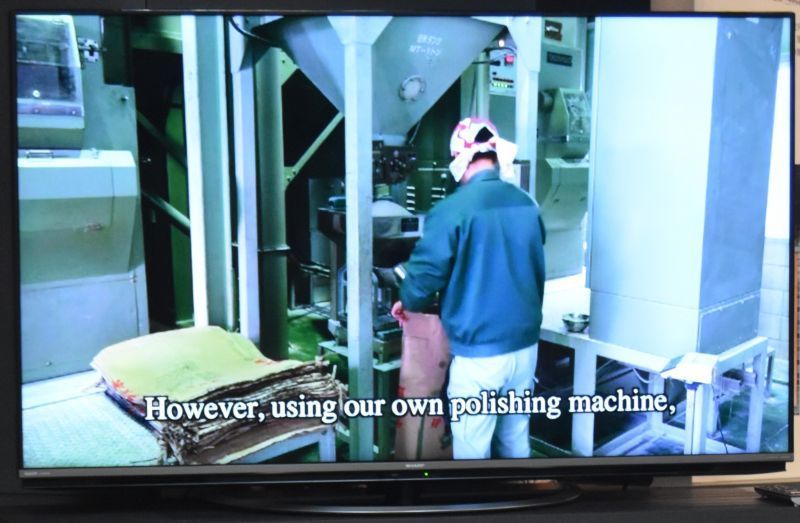
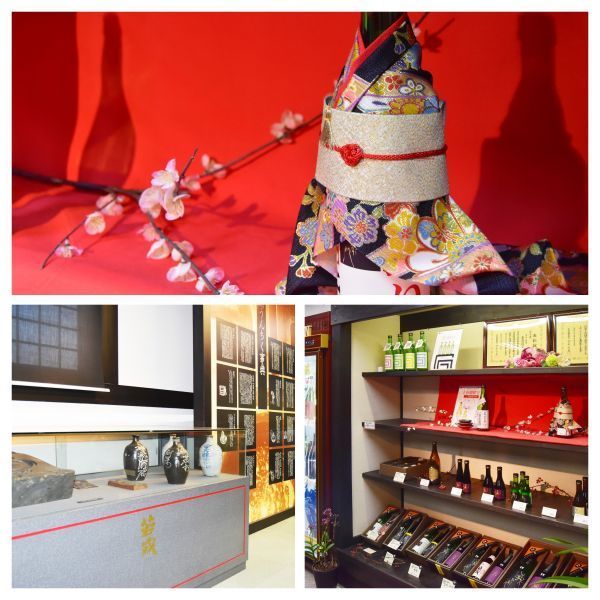
Next, we made our way around to the store - where customers can see the finished products on sale. The store front is located on a narrowish road, but we learned that this road was a main thoroughfare for travelers going to Ise Shrine for a variety of events, and at the time, that road would have been a major road. Having said that, the road was barely wide enough to drive down. I’m sure it would be difficult for two cars to pass each other. So by today’s standards, certainly a minor road. This was another reminder of how times have changed.
I should point out that the Wakaebis Brewery has been in operation since 1853 - over 50 years before the first automobile was introduced to Japan.
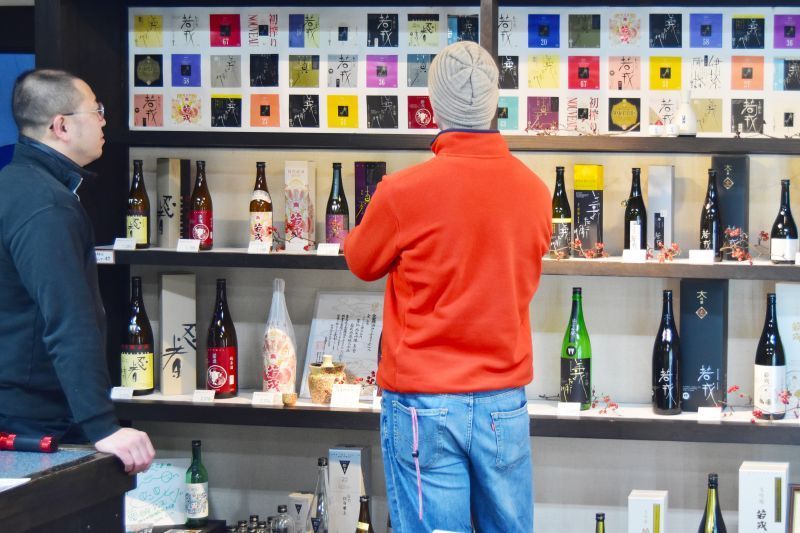
In the store, there were several bottles on display. Basically, there were about 4 different sizes ranging from about 500ml to something easily 4 or 5 times that size. Each year, a variety of flavors, or types of sake are brewed, each from a different yeast.
All the yeasts have numbers and that number is usually indicated on the label. I noticed a collage of these labels decorating the back wall and learned that Wakaebisu is the proud owner of the largest variety of sake yeasts in Japan.
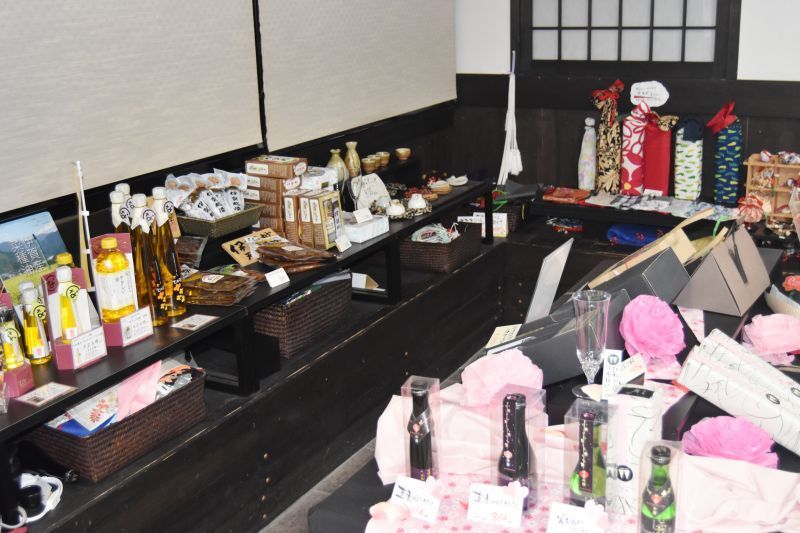
It was time to sample some sake, but as I am a non-drinker, I was satisfied to smell the aroma of 3 different kinds of sake, and my travelling companion, Mr. Wada kindly provided the taste test feedback.
I was pleasantly surprised with the fruity aroma of the first one. I told Mr. Kubo that had I not been told it was sake, I would have guessed it to be some kind of apple cider. He nodded in agreement. I sensed he was very proud of his products.
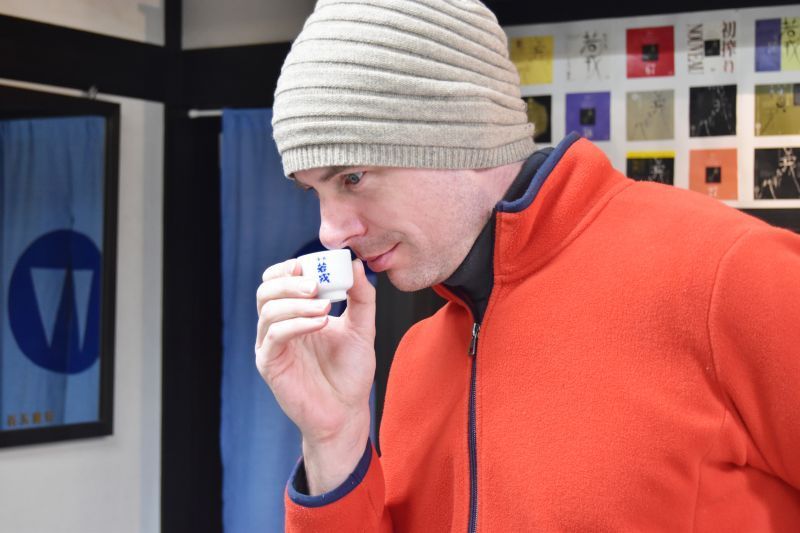
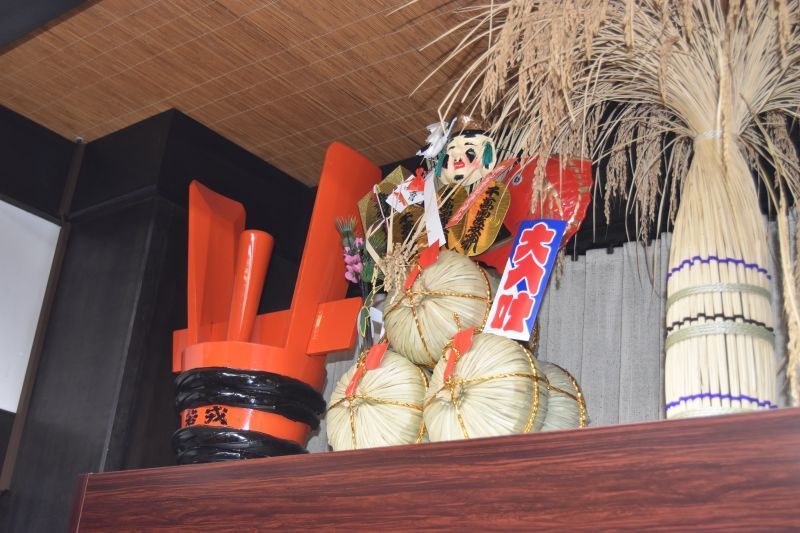
After the taste and smell testing, Normally visitors are not allowed to enter the factory, but we were given special permission to enter and I was excited to hear we would get to go inside the factory!
We had a brief tour through part of the factory itself, and quickly saw how cleanliness is thoroughly observed through multiple measures. We also had the opportunity to munch on a bit of the rice curd that is about the half-way point of the meticulous sake making process. It had a faint smell of sake, but tasted more like “mochi” with a waxy texture. It was fascinating to see the midway transformation of rice to the clear sake we saw come out of the bottles. This painstaking, yet worthwhile sake making process is what distinguishes the Wakaebisu brewery nationwide
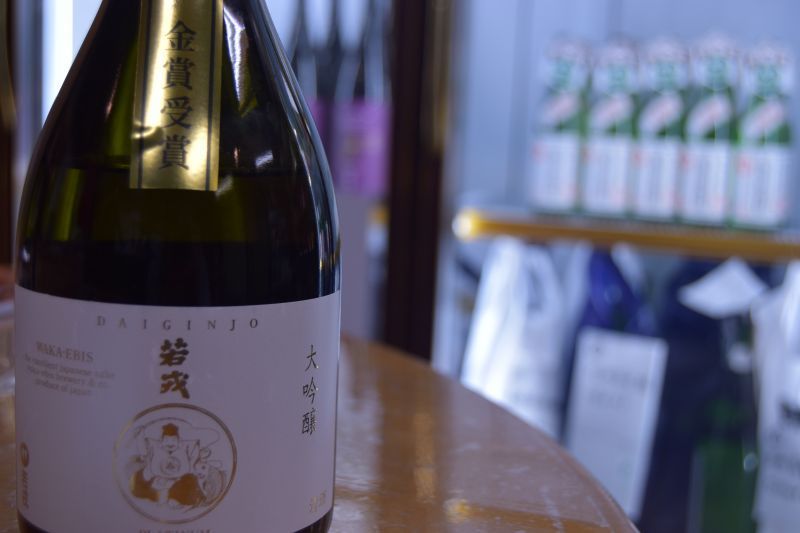
Visiting Wakaebis Brewery & Co was both fascinating and educational. And Mr. Kubo’s friendly personality made it a truly enjoyable and unforgettable experience.
I highly recommend coming here if you like sake - or even have an interest in this history of sake.
-Wakaebisu Brewery-
http://www.wakaebis.co.jp/ginjyoukan/index.html